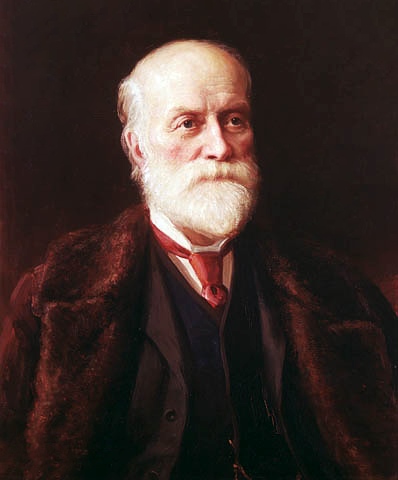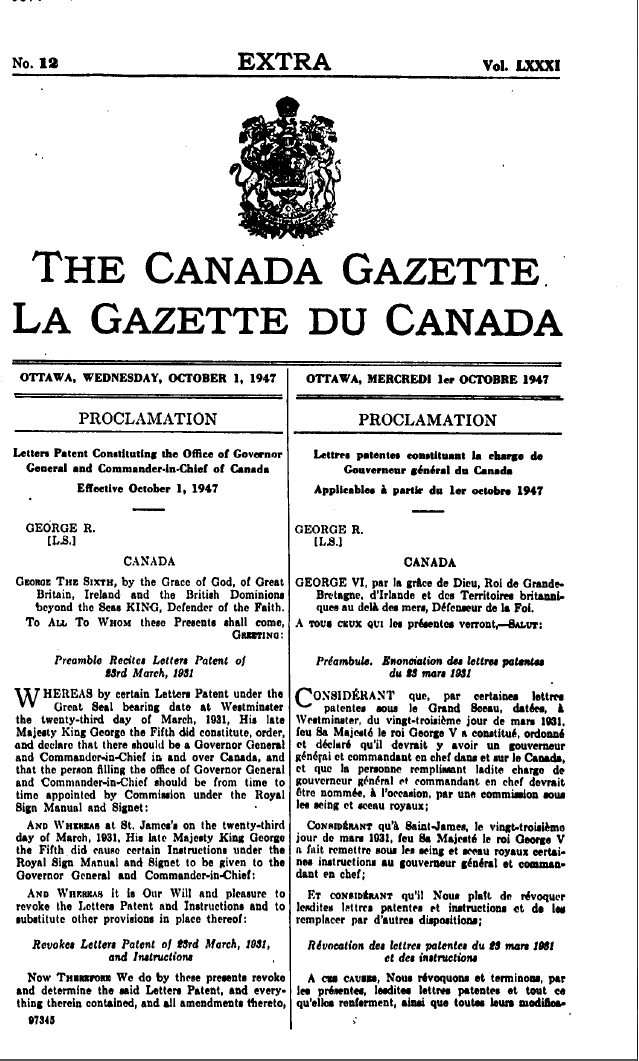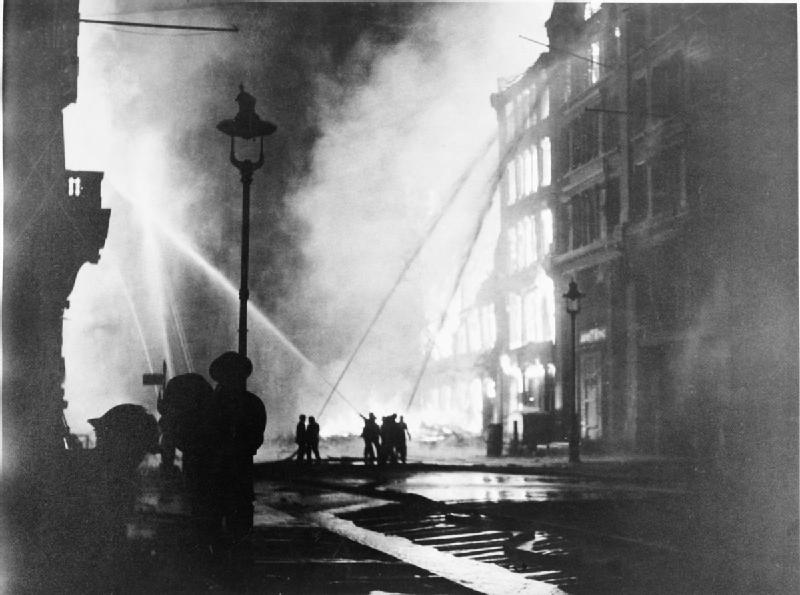|
Sir Sandford Fleming Park
Sir Sandford Fleming Park is a Canadian urban park located in the community of Jollimore, Halifax, Jollimore in Halifax Regional Municipality, Nova Scotia, Halifax Regional Municipality. It is also known as Dingle Park or simply The Dingle, named after the town of Dingle in southwestern Ireland. The park was donated to the people of Halifax by Sir Sandford Fleming. The centrepiece of the park is an impressive tower that commemorates Nova Scotia's achievement of representative government in 1758. Constructed between 1908 and 1912, the Memorial Tower was erected during the same period of building other commemorative towers in the British Commonwealth, notably Cabot Tower, Bristol, Cabot Tower in Bristol, England (1898) and Cabot Tower (Newfoundland), Cabot Tower in St. John's (1900). History During the 1880s Sir Sandford Fleming, famous for introducing standard time to North America, established a summer retreat on property fronting Halifax's Northwest Arm, after he finished cons ... [...More Info...] [...Related Items...] OR: [Wikipedia] [Google] [Baidu] |
Halifax Regional Municipality
Halifax is the capital and most populous municipality of the Provinces and territories of Canada, Canadian province of Nova Scotia, and the most populous municipality in Atlantic Canada. As of 2024, it is estimated that the population of the Halifax Census Metropolitan Area, CMA was 530,167, with 348,634 people in its urban area. The regional municipality consists of four former municipalities that were Amalgamation (politics), amalgamated in 1996: History of Halifax (former city), Halifax, Dartmouth, Nova Scotia, Dartmouth, Bedford, Nova Scotia, Bedford, and Halifax County, Nova Scotia, Halifax County. Halifax is an economic centre of Atlantic Canada, home to a concentration of government offices and private companies. Major employers include the Canadian Armed Forces, Department of National Defence, Dalhousie University, Nova Scotia Health Authority, Saint Mary's University (Halifax), Saint Mary's University, the Halifax Shipyard, various levels of government, and the Port of ... [...More Info...] [...Related Items...] OR: [Wikipedia] [Google] [Baidu] |
Governor General Of Canada
The governor general of Canada () is the federal representative of the . The monarch of Canada is also sovereign and head of state of 14 other Commonwealth realms and resides in the United Kingdom. The monarch, on the Advice (constitutional law), advice of his or her Canadian prime minister, appoints a governor general to administer the government of Canada in the monarch's name. The commission is for an indefinite period—known as serving ''at His Majesty's pleasure''—usually five years. Since 1959, it has also been traditional to alternate between French language in Canada, francophone and English language in Canada, anglophone officeholders. The 30th and current governor general is Mary Simon, who was sworn in on 26 July 2021. An Inuk leader from Nunavik, Quebec, Simon is the first Indigenous peoples in Canada, Indigenous person to hold the office. As the sovereign's representative, the governor general carries out the day-to-day constitutional and ceremonial duties of th ... [...More Info...] [...Related Items...] OR: [Wikipedia] [Google] [Baidu] |
Atlantic Canada
Atlantic Canada, also called the Atlantic provinces (), is the list of regions of Canada, region of Eastern Canada comprising four provinces: New Brunswick, Newfoundland and Labrador, Nova Scotia, and Prince Edward Island. As of 2021, the landmass of the four Atlantic provinces was approximately , and had a population of over 2.4 million people. The term ''Atlantic Canada'' was popularized following the admission of Newfoundland as a Canadian province in 1949. The province of Newfoundland and Labrador is not included in the Maritimes, another significant regional term, but ''is'' included in Atlantic Canada. History The Atlantic Provinces are the historical territories of the Mi'kmaq, Naskapi, Beothuk and Nunatsiavut peoples. The people of Nunatsiavut are the Labrador Inuit (Labradormiut), who are descended from the Thule people. Exploration and settlement Leif Erikson and other members of his family began exploring the North American coast in 986 CE. Leif landed in three pla ... [...More Info...] [...Related Items...] OR: [Wikipedia] [Google] [Baidu] |
England
England is a Countries of the United Kingdom, country that is part of the United Kingdom. It is located on the island of Great Britain, of which it covers about 62%, and List of islands of England, more than 100 smaller adjacent islands. It shares Anglo-Scottish border, a land border with Scotland to the north and England–Wales border, another land border with Wales to the west, and is otherwise surrounded by the North Sea to the east, the English Channel to the south, the Celtic Sea to the south-west, and the Irish Sea to the west. Continental Europe lies to the south-east, and Ireland to the west. At the 2021 United Kingdom census, 2021 census, the population was 56,490,048. London is both List of urban areas in the United Kingdom, the largest city and the Capital city, capital. The area now called England was first inhabited by modern humans during the Upper Paleolithic. It takes its name from the Angles (tribe), Angles, a Germanic peoples, Germanic tribe who settled du ... [...More Info...] [...Related Items...] OR: [Wikipedia] [Google] [Baidu] |
Bristol
Bristol () is a City status in the United Kingdom, cathedral city, unitary authority area and ceremonial county in South West England, the most populous city in the region. Built around the River Avon, Bristol, River Avon, it is bordered by the ceremonial counties of Gloucestershire to the north and Somerset to the south. The county is in the West of England combined authority area, which includes the Greater Bristol area (List of urban areas in the United Kingdom, eleventh most populous urban area in the United Kingdom) and nearby places such as Bath, Somerset, Bath. Bristol is the second largest city in Southern England, after the capital London. Iron Age hillforts and Roman villas were built near the confluence of the rivers River Frome, Bristol, Frome and Avon. Bristol received a royal charter in 1155 and was historic counties of England, historically divided between Gloucestershire and Somerset until 1373 when it became a county corporate. From the 13th to the 18th centur ... [...More Info...] [...Related Items...] OR: [Wikipedia] [Google] [Baidu] |
John Cabot
John Cabot ( ; 1450 – 1499) was an Italians, Italian navigator and exploration, explorer. His 1497 voyage to the coast of North America under the commission of Henry VII of England, Henry VII, King of England is the earliest known European exploration of coastal North America since the Norse visits to Vinland in the eleventh century. To mark the celebration of the 500th anniversary of Cabot's expedition, both the Canadian and British governments declared Cape Bonavista, Newfoundland (island), Newfoundland as representing Cabot's first landing site. However, alternative locations have also been proposed. Name and origins Cabot is known today as Giovanni Caboto in Italian, Zuan Caboto in Venetian language, Venetian, Jean Cabot in French, and John Cabot in English. This resulted from a once-ubiquitous European tradition of nativizing names in local documents, something often adhered to by the actual persons themselves. (Many European names have root origins but diverged ... [...More Info...] [...Related Items...] OR: [Wikipedia] [Google] [Baidu] |
Trafalgar Square
Trafalgar Square ( ) is a public square in the City of Westminster in Central London. It was established in the early-19th century around the area formerly known as Charing Cross. Its name commemorates the Battle of Trafalgar, the Royal Navy, British naval victory in the Napoleonic Wars over First French Empire, France and History of Spain (1700-1808), Spain that took place on 21 October 1805 off the coast of Cape Trafalgar. The site around Trafalgar Square has been a significant landmark since the 1200s. For centuries, distances measured from Charing Cross have served as location markers. The site of the present square formerly contained the elaborately designed, enclosed courtyard, Royal Mews, King's Mews. After King George IV moved the mews to Buckingham Palace, the area was redeveloped by John Nash (architect), John Nash, but progress was slow after his death, and the square did not open until 1844. The Nelson's Column at its centre is guarded by four lion statues. Severa ... [...More Info...] [...Related Items...] OR: [Wikipedia] [Google] [Baidu] |
Nelson's Column
Nelson's Column is a monument in Trafalgar Square in the City of Westminster, Central London, built to commemorate Vice-Admiral Horatio Nelson's decisive victory at the Battle of Trafalgar over the combined French and Spanish navies, during which he was killed by a French sniper. The monument was constructed between 1840 and 1843 to a design by William Railton at a cost of . It is a column of the Corinthian order, p.100 built from Dartmoor granite. The statue of Nelson at the top was carved from Craigleith sandstone by sculptor Edward Hodges Baily. The four bronze lions around its base, designed by Sir Edwin Landseer, were added in 1867. The pedestal is decorated with four bronze relief panels, each square, cast from captured French guns. They depict the Battle of Cape St. Vincent, the Battle of the Nile, the Battle of Copenhagen and the death of Nelson at Trafalgar. The sculptors were Musgrave Watson, William F. Woodington, John Ternouth and John Edward Carew, resp ... [...More Info...] [...Related Items...] OR: [Wikipedia] [Google] [Baidu] |
Sir Edwin Landseer
Sir Edwin Henry Landseer (7 March 1802 – 1 October 1873) was an English painter and sculptor, well known for his paintings of animals – particularly horses, dogs, and stags. His best-known work is the lion sculptures at the base of Nelson's Column in Trafalgar Square. Life Landseer was born in London, the son of the engraver John Landseer A.R.A. and Jane Potts. He was something of a prodigy whose artistic talents were recognised early on. He studied under several artists, including his father, and the history painter Benjamin Robert Haydon, who encouraged the young Landseer to perform dissections in order to fully understand animal musculature and skeletal structure. Landseer's life was entwined with the Royal Academy. At the age of just 13, in 1815, he exhibited works there as an “Honorary Exhibitor”. He was elected an Associate at the minimum age of 24, and an Academician five years later in 1831. He was an acquaintance of Charles Robert Leslie, who described hi ... [...More Info...] [...Related Items...] OR: [Wikipedia] [Google] [Baidu] |
Albert Bruce-Joy
Albert Bruce-Joy (21 August 1842 – 22 July 1924) was an Irish sculptor working in England. His original surname was Joy but he became known under his hyphenated name Bruce-Joy later in life. He was the brother of the painter George W. Joy. Biography Son of William Bruce Joy, MD, Bruce-Joy was born in Dublin but educated in Offenbach am Main, Paris and at King's College London. He trained as a sculptor with John Henry Foley at the National Art Training School, South Kensington, and the Royal Academy Schools. He began exhibiting at the Royal Academy from 1866 onwards. In 1867 he gave an address in Rome where he is said to have spent three years.Albert Bruce Joy ARHA, RHA Mapping the Practice and Profession of Sculpture in Britain and Ireland 1851-1951, University of Glasgow History of Art and HATII, online da ... [...More Info...] [...Related Items...] OR: [Wikipedia] [Google] [Baidu] |
Royal Commonwealth Society
The Royal Commonwealth Society (RCS) is a non-governmental organisation with a mission to promote the value of the Commonwealth and the values upon which it is based. The Society upholds the values of the Commonwealth Charter, promoting conflict resolution, peace-making and democracy to improve the lives of citizens across the member states of the Commonwealth. History 1868–1958 What is now the Royal Commonwealth Society was founded in 1868 as a non-political, learned organisation. A royal charter was granted in 1869, and a clubhouse opened in 1885. The Society's name slowly evolved – from The Colonial Society (1868–1869), to The Royal Colonial Society (1869–1870), to The Royal Colonial Institute (1870–1928), to The Royal Empire Society (1928–1958). The Royal Commonwealth Society was the name adopted in 1958. The Society may be seen from early on to have been progressive in its time towards equality and diversity. A woman was first invited by The Royal ... [...More Info...] [...Related Items...] OR: [Wikipedia] [Google] [Baidu] |
Bronze
Bronze is an alloy consisting primarily of copper, commonly with about 12–12.5% tin and often with the addition of other metals (including aluminium, manganese, nickel, or zinc) and sometimes non-metals (such as phosphorus) or metalloids (such as arsenic or silicon). These additions produce a range of alloys some of which are harder than copper alone or have other useful properties, such as strength, ductility, or machinability. The archaeological period during which bronze was the hardest metal in widespread use is known as the Bronze Age. The beginning of the Bronze Age in western Eurasia is conventionally dated to the mid-4th millennium BCE (~3500 BCE), and to the early 2nd millennium BCE in China; elsewhere it gradually spread across regions. The Bronze Age was followed by the Iron Age, which started about 1300 BCE and reaching most of Eurasia by about 500 BCE, although bronze continued to be much more widely used than it is in modern times. Because historica ... [...More Info...] [...Related Items...] OR: [Wikipedia] [Google] [Baidu] |










